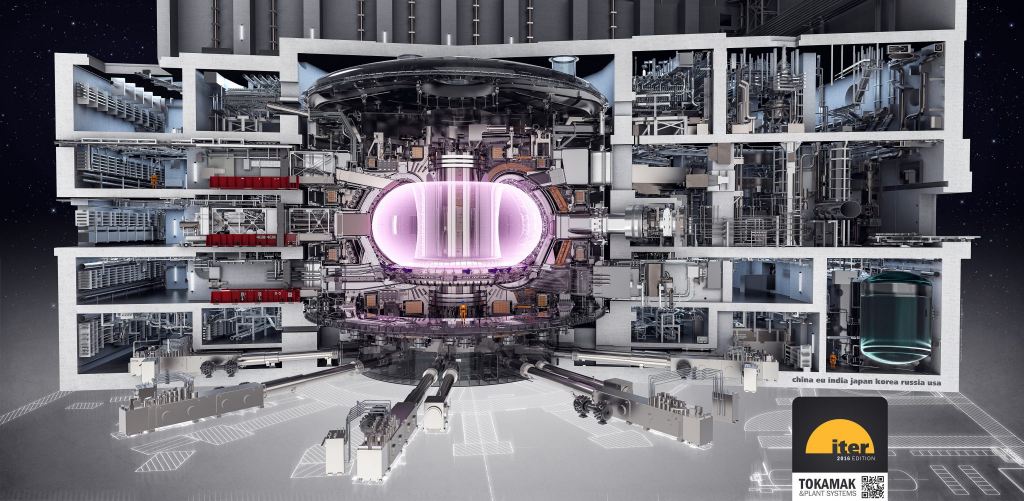
For the first time, American scientists have succeeded in generating an energy gain of 120 percent through nuclear fusion, the Financial Times reports. The breakthrough would represent a major step forward in the transition to a sustainable future, where nuclear fusion and other renewable sources replace fossil fuels.
Many see this as the holy grail of the energy world: Nuclear fusion, a technique that mimics the power generation of the sun. During the process in which two light atoms are fused together, a large amount of energy is released. Nuclear fusion has the potential to provide a reliable and safe alternative to fossil fuels and conventional nuclear power. This is because fusion reactions do not emit any carbon and also do not produce long-lasting radioactive waste.
For decades, physicists have been trying to create a nuclear fusion reaction in which more energy is produced than is used. No one has managed to achieve these kinds of net energy gains so far. That is, until now, because scientists at the federal Lawrence Livermore National Laboratory in California have managed to do just that.
The American scientists used a process called inertial confinement fusion. This involved bombarding a tiny piece of hydrogen plasma with the world’s largest laser. A total of 2.5 megajoules of energy was produced this way. That’s about 120 percent of the 2.1 megajoules in energy that the lasers used during the process. The American facility will come out with an official statement and more details later today.

An important step
“This is an important step in the right direction as far as knowledge transfer of nuclear fusion is concerned,” says Marco de Baar, director of the Dutch Institute for Fundamental Energy Research (DIFFER). “We are now in a better position to make predictions about nuclear fusions that take place in reactors.”
Still, the director views the breakthrough with a critical eye. For one thing, the net gain of 120 percent should not be taken too literally, according to De Baar. “That figure is lower in actual practice. This is because it only concerns the ratio between the energy which is released when the plasma is heated, and the energy that the laser light uses. Having said that, there are also other processes involved, such as the conversion of the laser light. If you factor that in, you end up with a much lower percentage.”
Apart from that, we really must not assume that the entire energy problem can now be solved in the very near future, he hastens to add. “I am particularly curious to see if they can come up with a reactor concept. After all, such a reactor, which uses cylinders and lasers to irradiate the material, among other things, costs an incredible amount of money. I can’t immediately see yet how we can apply that on a mass scale. But I am interested to see what details they will be coming out with tomorrow.”
Solving energy issues
Over the coming decades, global electricity demand will more than double as a consequence of the transition to a green energy market. Nuclear fusion will eventually play an important pivotal role in solving the energy issue, according to De Baar. “I am convinced that we will be able to solve several technological issues. The technology will get that far. More than anything, the main challenge is going to be further developing industry so that we can actually start putting nuclear fusion on the market,” he says in conclusion.


